SS Thistlegorm. Wreck
How do we dive on the SS Thistlegorm II World War most renowned wreck
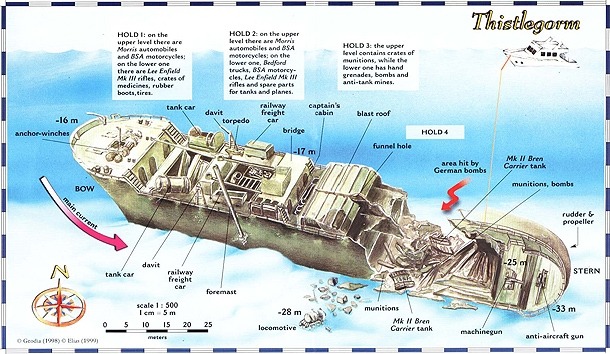
Back to list of shipwreck diving sites
How do we dive on the SS Thistlegorm II World War most renowned wreck
Diving on SS Thistlegorm is a must for every good diver. It would not be an exaggeration to say that Thistlegorm is the second most famous wreck in the world, because the glory of the Titanic is hard to beat.
Dolphin organizes trips to Thistlegorm wreck site in daily diving mode. Supplement to the day of diving or course is $100. Boats crew will serve a delicious breakfast, a wonderful lunch and drinks. This costs extra $16.
The minimum qualification for diving on Thistlegorm is Advanced open water diver, CMAS** or equivalents.
Before going to dive on this wreck, you will need a shore check dive or a day of reef diving with Dolphin guides.
Boat leaves Sharm el-Sheikh Vataneya jetty at 05:30. Navigation time to the wreck is 3.5 - 4 hours. Along the way, you'll be offered breakfast, a detailed briefing, time to put together and check your dive gear, and some will have time to sleep.
First dive
The first dive is usually an orientation dive around the wreck. Depth will not exceed 30 meters.
What you will see:
- Explosion zone, armored vehicles, artillery shells, cartridges;
- Stern with 2 anti-aircraft guns;
- A bronze propeller with each blade about your height
- A locomotive, 4 railway tanks and tenders, a fallen mast, an anchor winch and a chain.
- And a lot more…
Try to swim 5 meters from the bow of Thistelgorm, dive below the level of the upper deck. A great view of Thistlegorm bow awaits you here. If the visibility is good, then the majestic shapes, the curves of the sides, the hanging anchor chain and a huge anchor lying on the bottom under the hawse on the right side will not leave you indifferent, and the sheer scale of the wreck is simply amazing.
When you see a ship launched, you can't see the submerged part of it, whereas here you will see everything from the keel to the upper deck. A camera with a wide-angle lens will let you can create a really great photo.
Second dive
You will dive into the holds of the ship. All the cargo destined for Montgommery's British army still rests here. Jeeps, trucks, motorcycles, generators, boxes with thousands of Lee Enfield rifles, airplane wings and engines, folding beds, and even troughs for washing personnel, and that's not all.
Always swim counterclocwise while in the holds!
On the way back, there is often an opportunity to do a third dive at the Shark Reef, Dunraven or Lonely Mushroom sites. The cost of the third dive per day, as always, is $25.
If you are lucky enough to dive Thistlegorm on safari, then by studying the tide chart in advance, you can plan your dive at the best time - this is the highest point of the tide, when the current stops, and visibility is maximum.
Do not miss the opportunity of the night dive on the upper deck of the wreck. You will see everything there - moray eels, crocodiles and scorpions, beautiful soft corals and sponges, and even a sleeping turtle.
Safety rules on Thistlegorm:
|
History of SS Thistlegorm
Thistelgorm is a legend of the Red Sea. Diving on this wreck is more than a regular dive in our waters, as you have the opportunity to touch one of the tragedies of World War II with your own hands.
The story, the finale of which you will see at a depth of thirty meters, began back in the year of 1940, when the shipbuilding company Thomson & Sons Ltd in Sunderland (Scotland) launched the armed general-purpose transport ship SS Thistlegorm.
Great Britain entered the II World War on September 3, 1939. Therefore, like many British transports of the time, Thistelgorm was armed. Two light guns from the warships of the First World War were installed at the stern of the ship. Four young gunners had joined the crew.
The name of the ship - "Thistlegorm" - translates as "The Blue Thistle" - the national flower of Scotland and the emblem of the company - owner the Albin Line.
In 1940-41, Thistlegorm managed to make three voyages to the Caribbean and the United States. Cargo: airplanes, rails, cotton, rum.
In May 1941, Thistelgorm left the port of Glasgow with the cargo, stated in the ship's roll as "MT", that is, "Motor transport". Under this innocent definition, there was an extensive list of shells, mines, cartridges, aerial bombs, Lee Einfield rifles, medicines, armored personnel carriers, BSA motorcycles, Bedford trucks, jeeps and other military equipment.
Port of destination: Alexandria, Egypt. The strategic cargo was destined for Bernard Montgomery's British Eighth Army, stationed in Egypt and eastern Libya. The British were confronted by German-Italian forces under the command of "The Desert Fox" Field Marshal Erwin Rommel.
In owr peaceful days, you would make your route from Glasgow to Alexandria via the Strait of Gibraltar and the Mediterranean Sea. In 1941, this shortcut was extremely dangerous, since Germany and its allies controlled almost all of the northern Mediterranean. So, a long, but less dangerous route layed around Africa, around the Cape of Good Hope and the Indian Ocean.
As part of the convoy, Thistlegorm successfully passed the wolf packs of German submarines in the Atlantic. Stops were made in Cape Town and Aden for coal and water. As part of a convoy of 16 ships, accompanied by the light cruiser Carslyle, Thistlegorm passed the Bab El Mandeb Strait and entered the Red Sea.
On the approach to the Straits of Gubal, the ship's captain, William Ellis, was ordered to proceed to the safe anchorage "F" near the Shaab Ali reefs off the coast of Sinai. The passage through the Suez Canal was blocked by the blown up ship, and the convoy was forced to wait.
The anchorage was called safe, since German bombers from the Luftwaffe KG 26 air base on the island of Crete have not reached these seas yet.
October 1941 came. In this hot autumn month, good luck abandoned Thistlegorm, her crew and her captain.
The role of the Queen Mary liner
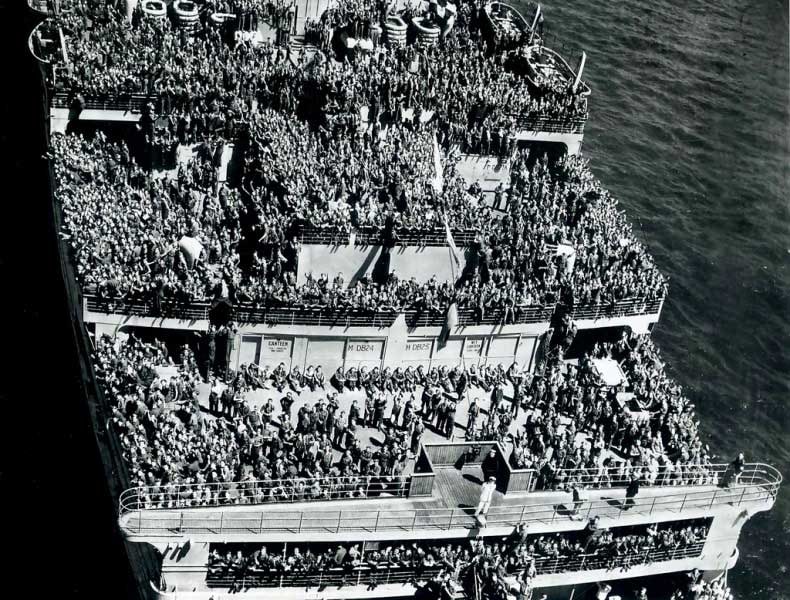
In the same autumn days, the passenger liner Queen Mary entered the Red Sea. It was a huge ship that strongly resembled the Titanic. In a peacetime, the liner used to carry passengers from Europe to America. When the war began, three-tier bunks were installed in the cabins, and the ship began transporting soldiers. In the fall of 1941, the Queen Mary entered the Red Sea with 1,200 Australian and South African recruits on board.
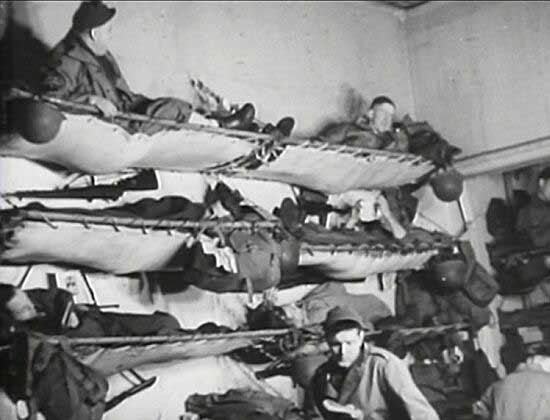
A pair of Henkel 111 heavy bombers took off from an air base in Crete. Task: Find and destroy Queen Mary. This was one of the first long-distance night sorties on aircraft of this type. Queen Mary was not found, and the planes headed back to Crete. It was a full moon night. The pilots were guided northward by the almost linear coast of Sinai Peninsula. In the silvery light of the moon, the commander of one of the bombers, Lieutenant Heinrich Menge, spotted a group of ships on the mooring. It was decided to attack the largest of them. This was Thistlegorm.
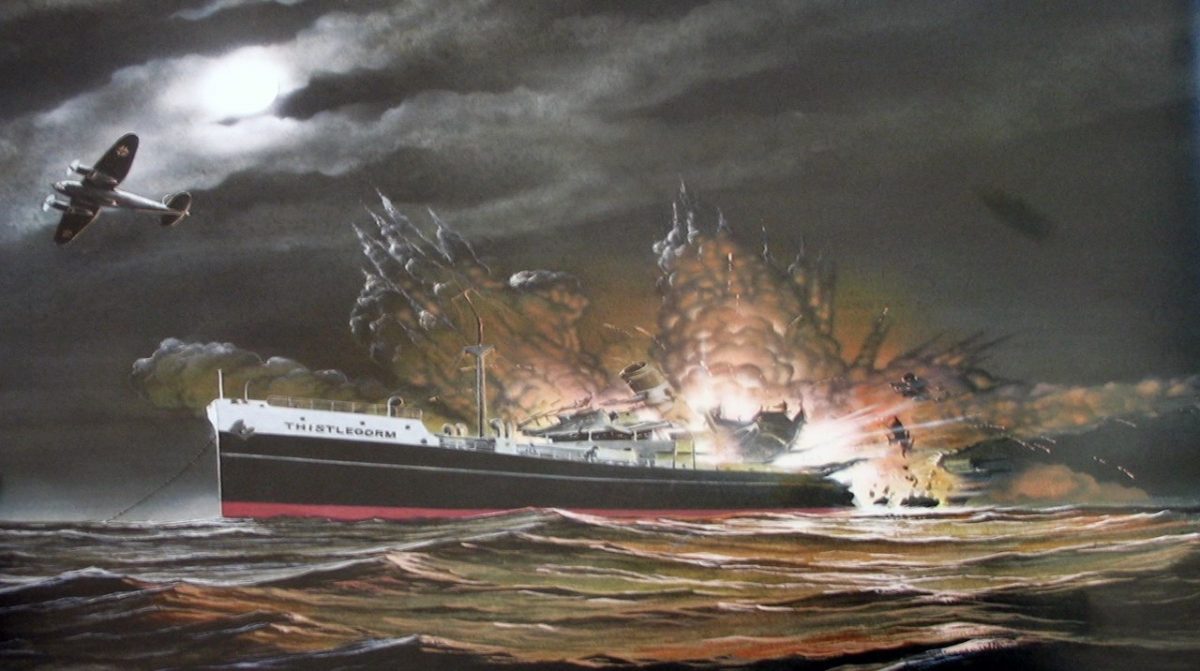
Two bombs had struck the aft hold, where the entire cargo of ammunition was located. A powerful explosion followed, which tore Thistlegorm in halfs. 9 people who were at the stern at that moment died instantly. Among them was the gun crew. The explosion was so powerful that two steam locomotives, weighing 120 tons each, were thrown into the air. Now these locomotives lie at 30 m to the right and left of the wreck.
The cruiser Karlslyle opened a fire on the bombers. Both were damaged and fell into the sea north of Shaab Ali Reef. And we know divers, who know divers, who tell stories about those aircrafts location.
The crews of both aircraft safely reached the coast of the Sinai, where they surrendered to the British troops. All of them were sent to a POW camp in Australia, where they met the end of the war in 1945.
Thistlegorm sank in minutes. The surviving crew members were rescued by other ships of the convoy. From that moment on, a completely different story has began - the underwater history of Thistlegorm.
The role of Commodore Cousteau and Calypso
As everyone knows, in 1943 in Nazi occupied Marseille, Jacques-Yves Cousteau and engineer Emile Gagnan first tested a successful prototype of modern scuba gear. The first device was made according to Ganyan's drawings at Air Liquide in Paris suburb of Boulogne-Billancourt.
The device was patented as a "CG45" product for commercial use. However, in the post-war Europe, commercial success was not great. Therefore, in 1955, the famous Calypso ship with the crew of the future Commodore Cousteau on board went to the Indian Ocean to conduct geophysical research under a contract with a French oil company. They did not find oil, but they found something better - the magnificent underwater world of the Red Sea and the Indian Ocean. During this expedition Thistlegorm was discovered, surveyed and filmed.
You can read the story in "The Silent World" bestselling book, which should be a reference book for every good scuba diver. Most of all, the researchers were amazed by the giant Napoleon wrasse, who guarded a well-preserved cargo. Albert Falco and Frédéric Dumas raised the ship's belll, the steering wheel and the ship's safe (empty). When the bell was cleared of shells, the inscription "Thistlegorm Glasgow" appeared.
Nowadays
After the visit of Cousteau's team, Thistlegorm only attracted Bedouin fishermen for 20 long years. But in 1974, one of the pioneers of diving in Sinai, Shimshon Mashiach (now the owner of the magnificent Sea Bell yacht in Eilat) learned about the wreck. The information was obtained, as in many similar cases, from a Bedouin fisherman from Eltur.
Information about the wreck was kept secret until in 1992 skipper Roger Winter from Hurghada brought here the first group of wreck divers.
In 1994, the BBC made a documentary film "The Last Voyage of Thistlegorm". Since then, Thistlegorm has become one of the most famous, interesting and easily accessible wrecks of the Second World War - a real underwater museum and attraction for many thousands of divers from all over the world.
Lieutenant Heinrich Menge returned to Germany, but soon, frustrated by the lack of attention to war heroes, immigrated to Argentina. There he opened the non-ferrous scrap processing business. Not before 1992 did he agree to give an short interview on his role in the death of Thistlegorm.
The liner Queen Mary of Cunard Lines made its maiden voyage in 1936. She used to have the Blue Ribbon of the Atlantic as one of the most luxurious liner of her time. During the Second World War, the liner transported more than 880,000 soldiers and officers. In peacetime - over 2,000,000 passengers.
In 1967, the liner made her last passage to The Long Beach, California, where it docked forever.
Nowdays Queen Mary is a luxury hotel, cultural center and museum. https://queenmary.com/
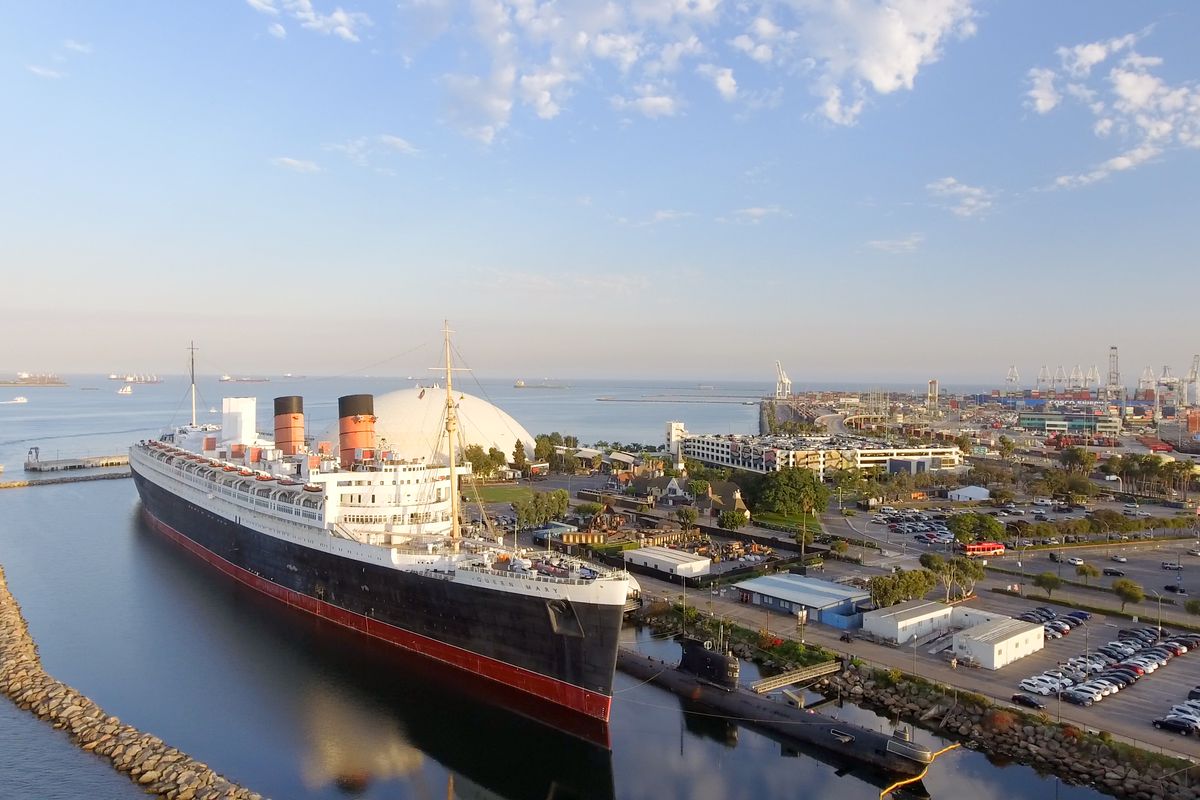
When in California, be sure to visit Queen Mary and remember the Red Sea, the Thistlegorm, her crew, Commodore Cousteau, the Dolphin. And think about how intricately the timelines intertwine.

 Diving in Sharm el-Sheikh
Diving in Sharm el-Sheikh